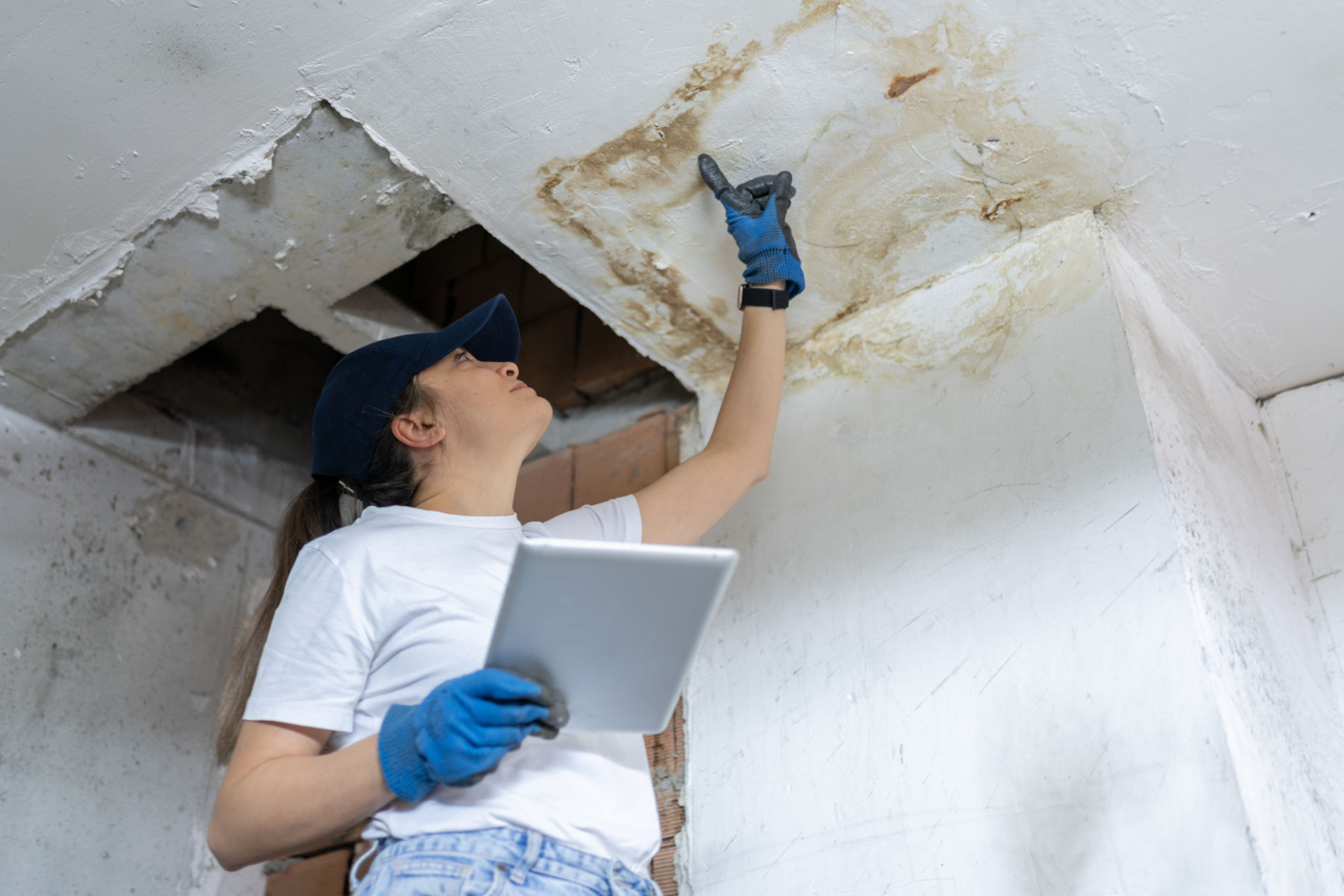Understanding the Latest EPA Guidelines on PFAS Management
Introduction to PFAS and Their Impact
Per- and polyfluoroalkyl substances (PFAS) are a group of man-made chemicals that have been used in various industries around the globe since the 1940s. Due to their widespread use and persistent nature, PFAS have become a significant concern for environmental and human health. The Environmental Protection Agency (EPA) has been actively working to manage and regulate these substances to mitigate their impact.

The Latest EPA Guidelines
The EPA has recently updated its guidelines on the management of PFAS, focusing on reducing their presence in the environment. These guidelines aim to provide a framework for both governmental bodies and industries to follow. The new regulations emphasize the importance of monitoring PFAS levels in water sources and implementing treatment solutions to reduce their concentration.
Key Components of the Guidelines
The updated guidelines include several critical components that stakeholders are expected to adhere to. These include:
- Monitoring and Testing: Regular monitoring of PFAS levels in water supplies to ensure they remain within safe limits.
- Treatment Technologies: Adoption of advanced treatment technologies that can effectively remove or reduce PFAS concentrations.
- Public Awareness: Educating the public about the risks associated with PFAS and the steps being taken to minimize exposure.

Monitoring and Testing Protocols
The EPA's guidelines stress the importance of rigorous monitoring and testing of PFAS levels in both surface and groundwater. This is crucial for early detection and mitigation of potential contamination. The guidelines recommend utilizing state-of-the-art analytical methods to accurately measure PFAS concentrations.
Challenges in Monitoring
One of the challenges in monitoring PFAS is their complex chemical structure, which makes them difficult to detect at low concentrations. The EPA has outlined specific testing protocols that laboratories should follow to ensure reliable results. This includes using advanced instruments like liquid chromatography-tandem mass spectrometry (LC-MS/MS).

Treatment Solutions for PFAS
Addressing PFAS contamination requires effective treatment solutions. The EPA's guidelines highlight several technologies that have shown promise in reducing PFAS levels, including activated carbon filtration, ion exchange resins, and high-pressure membrane systems like reverse osmosis.
Implementing Effective Solutions
While these technologies offer potential solutions, implementing them can be costly and resource-intensive. The EPA encourages collaboration between federal, state, and local agencies to share resources and expertise in deploying these technologies effectively.

Public Awareness and Education
Raising public awareness about PFAS is a crucial component of the EPA's strategy. Educating communities about the sources and risks of PFAS exposure helps build support for regulatory measures and encourages individuals to take proactive steps in reducing their personal exposure.
The EPA provides a range of educational materials and resources to help communities understand the impact of PFAS and the measures being taken to protect public health. These resources are designed to be accessible and informative, ensuring that everyone has the information they need to make informed decisions.
Conclusion
The latest EPA guidelines on PFAS management represent a comprehensive approach to addressing this complex environmental issue. By focusing on monitoring, treatment, and public education, the guidelines aim to reduce the risk posed by PFAS and safeguard both the environment and public health. As these guidelines are implemented, ongoing collaboration among stakeholders will be essential to achieving these goals.